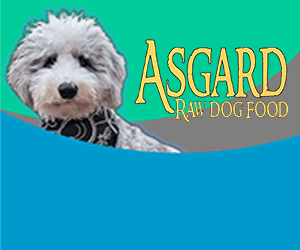By Kristin Hermann
“Over the back, round, on the bit, coming through, connected, and or on the aids” …
what do all these phrases have in common when training a horse? As riders we would like the horse to lift their back and carry our weight, as opposed to going concave and hollow. The back of the horse is the most vulnerable area of its body and the minute a rider sits in the middle of the back the horse can go hollow or concave.
We ask the horse to lower its head and neck to raise the back. As a result, hopefully the horse connects from the back to the front. But how do we know this really happens? How is it all related? Does this involve just the head and neck of the horse or the hind legs and back too?
Nearly every rider I teach says the horse has to go forward in order to be all of the above but none of them can answer why. That is where I come in… I love the why. I think every rider should know what they are doing when riding and why. Understanding the biomechanics of training a horse is important, in my world.
Why do we want rhythm, roundness, straightness and to go forward? These are just some of the questions and answers we go over when training horses in my lessons. The horse’s hind end has a direct correlation to the front end. The horse is one unit but when we sit in the middle of the back we sort of disunite this action. That is where the term connection came from: connecting the back end of the horse with the front end. If the horse is tracking up, or taking a full stride, that means it is “coming through.” I always ask, “coming through what?” The answer is two-fold: the horse is coming through its body and/or coming through the rider’s seat. As a result of the horse coming through, it connects the hind end to the front end and will be working “over the back.”
The key to all of this is the rider connecting it all! Coming through the back, tracking up with a forward stride with a rein contact that is the responsibility of the rider. It is a phenomenon: a rider harnessing the hind end of the horse with the front end. It is not easy. We essentially have to ride both ends of the horse at the same time. We have to guide with our reins or legs and feel with every part of our body. I call riding “The Silent Dialogue” … it is a result of the rider’s muscles communicating to the horse’s muscles.
So, we have a horse that is tracking up, taking a full stride that lifts the back and then the rider connects the back end with the front end using contact with the reins. Thus, the term “on the aids,” or “on the bit.” The rider puts the horse round, over the back, connects the front and hind end using all of the aids: our legs, the seat and the hands. None of these aids can work alone.
The secret to riding is coordinating the rider’s natural aids with the timing of the horse’s natural gaits and doing it fluently. Dressage riders are obsessed with the horse being round, over the back, connected and being on the aids. In essence, the rider is mimicking how the horse would go naturally on its own with a lifted back. You won’t see a hollow, concave or sway back horse in nature.
Horses do not need to be round or connected in order to be a good serviceable horse. But if you want to ride in harmony with the horse and display its natural gaits without constraining them, then adopting these skills will be valuable no matter what your riding discipline. Riding the horse in a connected way, on the aids and adding straightness and stretching are crucial to keeping your horse sound, supple and happy in its way of going.



